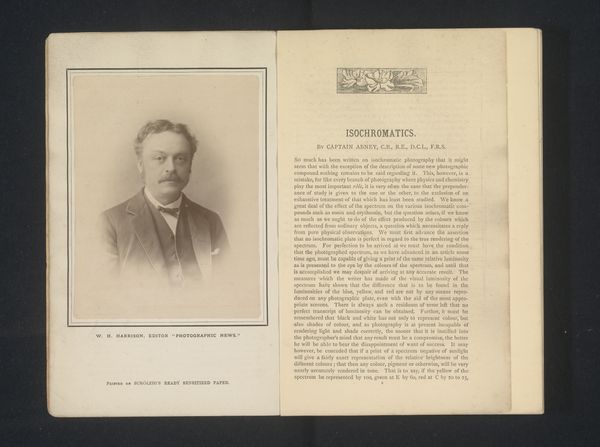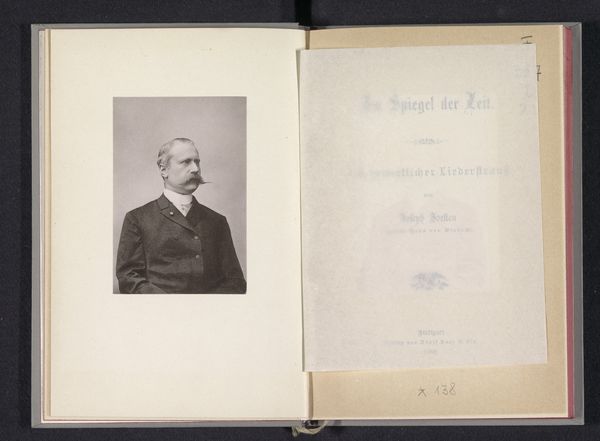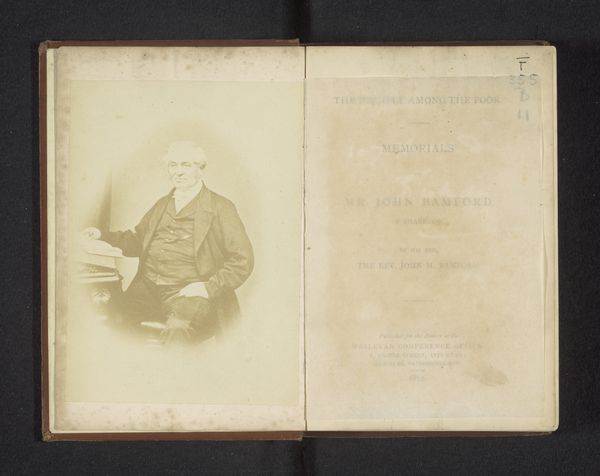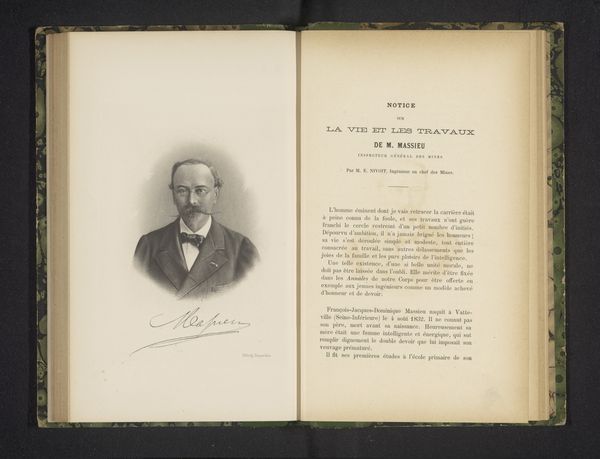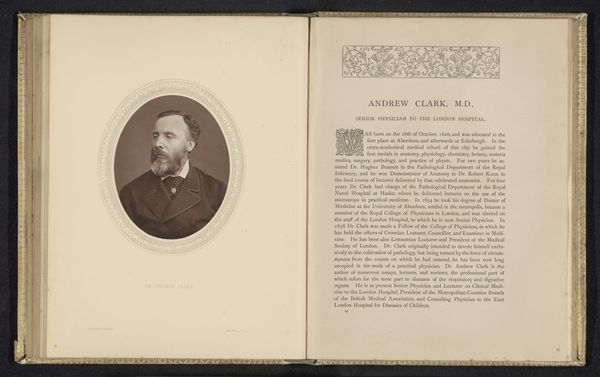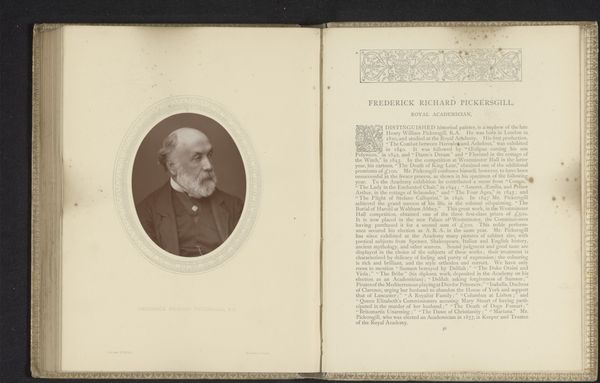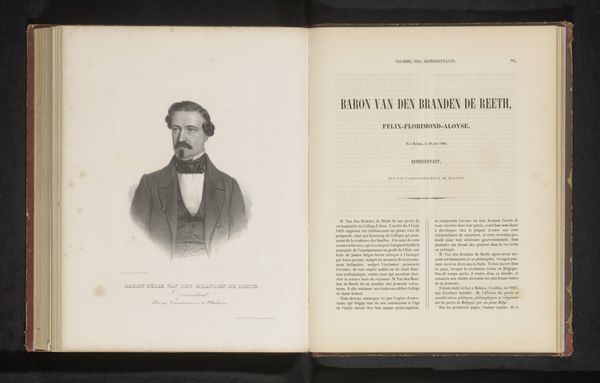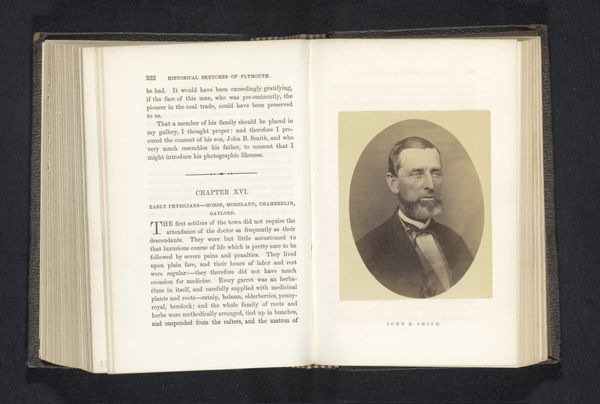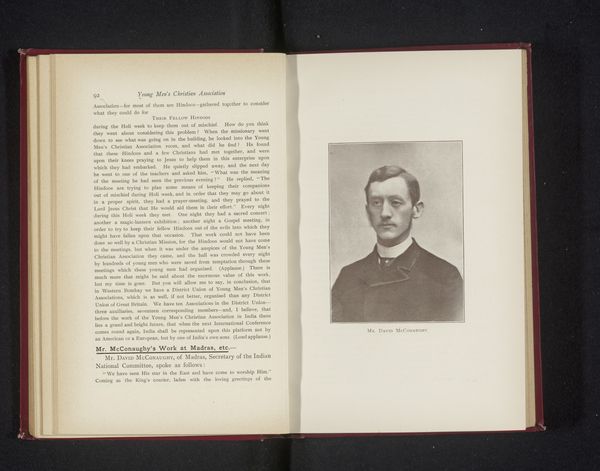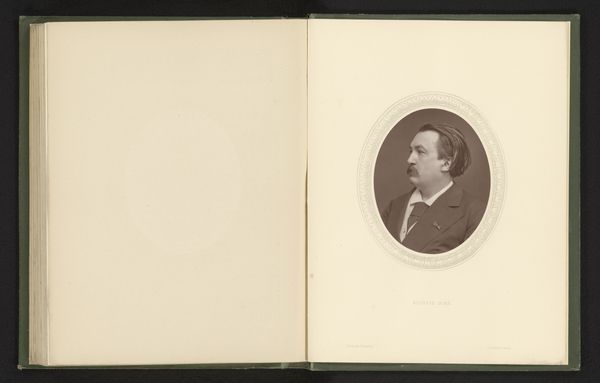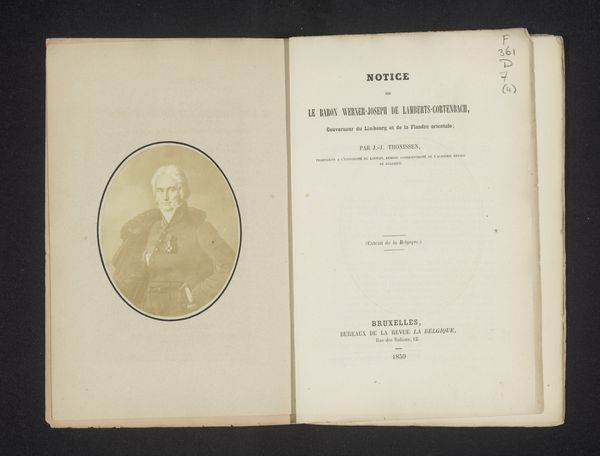
print, photography
#
portrait
# print
#
photography
Dimensions: height 144 mm, width 97 mm
Copyright: Rijks Museum: Open Domain
Editor: Here we have an anonymous photograph, a print, dating from before 1885: "Portrait of Charles George Gordon." It's an image that’s rather stately and imposing, with Gordon posed in his suit, looking directly at the viewer. What can you tell us about this piece? Curator: This portrait gives us a glimpse into the construction of a public figure in the late 19th century. Gordon, also known as Gordon of Khartoum, was a controversial figure in British imperial history. Understanding his context is key to interpreting this image. Consider: who commissioned this print, and for what purpose? Was it intended as a heroic tribute or something more nuanced? Editor: That's a really interesting point about its public role. So, beyond just being a portrait, you're saying the image itself had a job to do? Curator: Exactly. Think about how photography was being used at the time. It was a powerful tool for shaping public opinion and creating national heroes. The controlled pose, the stern gaze, even the details of his uniform--it's all carefully constructed to project a certain image of authority and unwavering resolve, useful in managing perceptions of imperial power. Who controlled its distribution and message? Editor: So, looking at it this way, it becomes less about the individual and more about the imperial agenda of the time? Curator: Precisely. It makes you think about the role that art, even seemingly straightforward portraits, can play in reinforcing certain social and political structures. Even now, those original intended interpretations carry an undeniable weight. Editor: That gives me a lot to think about, considering the way images circulate and influence perceptions today! Curator: Absolutely, history echoes in these representations and reminds us to investigate them carefully.
Comments
No comments
Be the first to comment and join the conversation on the ultimate creative platform.
